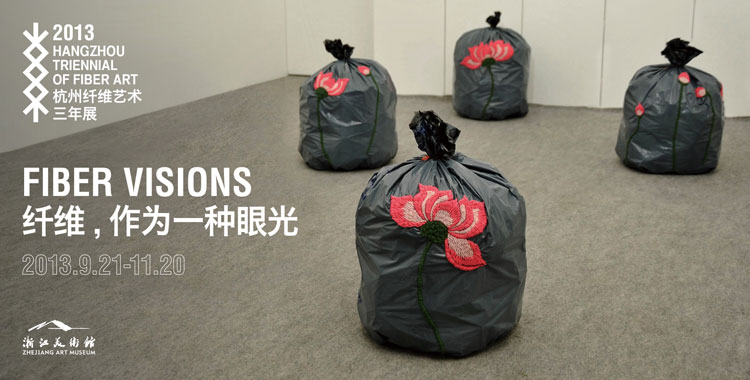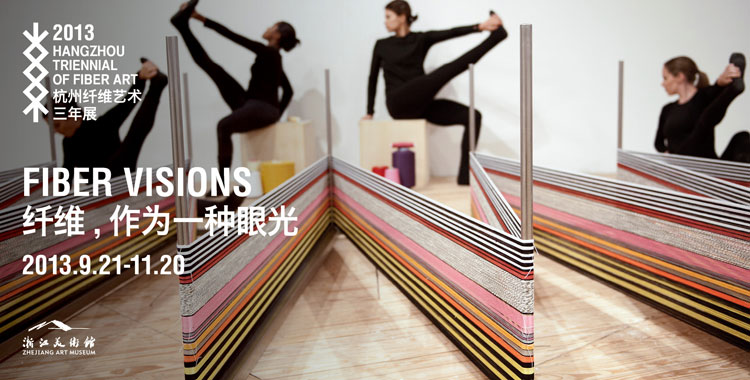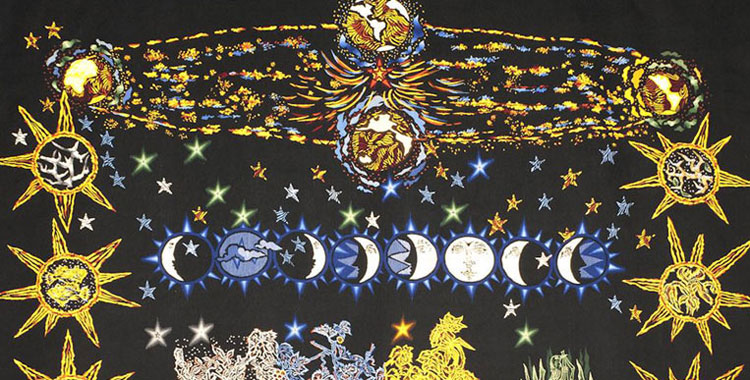Magdalena Abakanowicz
Born in 1930 in Polish country, Falenty. Abakanowicz lives and works in Warsaw.
She studied at the Academy of Fine Arts in Warsaw from 1950 and graduated in 1954. Paints a series of large gouaches on paper and canvas then creates three-dimensional‚ large-scale‚ soft, woven environments called Abakans. This unusual works brought her international fame and the grand prize at the Sao Paulo Biennial in 1965.Since that times the human condition and man himself becomes the subject of her work.
She creates “Crowds”, multi-figurative groups of human figures, which she considers as single art works. She changes sculpture from "object to look at" into "space to experience". She had over 100 one-person exhibitions, which she created each time as a separate art work in spaces of museums and galleries worldwide. She creates permanent outdoor installations, spaces to contemplate, among others in Italy, Israel, Korea, Lithuania, and the United States. She has been awarded seven honorary doctorates, among others the Royal College of Art, London; the Art Institute of Chicago; the Pratt Institute, New York; the Massachusetts College of Art, Boston; the Academies of Fine Arts in Poznan and Lodz, Poland. She was inducted into the American Academy of Arts and Letters in 1996, the German Orden pour le Merite in 2000, and awarded the Commandeur de l’Ordre des Arts et des Lettres in 2004. The following year, she received the Lifetime Achievement Award bestowed by International Sculpture Center. She has written an autobiographical book Fate and Art: Monologue published by Skira, 2008.
Abakans
It was in the sixties. I desperately tried to build my own reality around me, depressed by the lack of freedom, of space, of materials. Limits inspire imagination. I weaved the large, soft object, 4 x 4 x 3.50 m, using threads pulled out of old ropes. I was creating not only the shape, but also the “skin" and the “body". It was "nomadic art": the huge sculpture was easy to roll - up and to transform into a small package, easy to transport and to store. It could be everywhere with me, hiding me, it was representing me. There is a mystery in this soft, heavy sculpture suspended in space, it reacts to motion of air, which folds its surface in a rich gesture, as slow as the movements of life under water could be. The RED ABAKAN is monochrome, this gives him energy. However, the monochrome consists of countless colours forming one, like animal skin or tree bark or broken stone. Making RED ABAKAN I wanted to prove that the red colour does not decorate, but has an unusual power when it is built into a shape simple and strong.




























